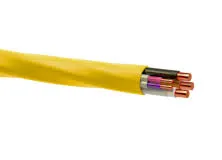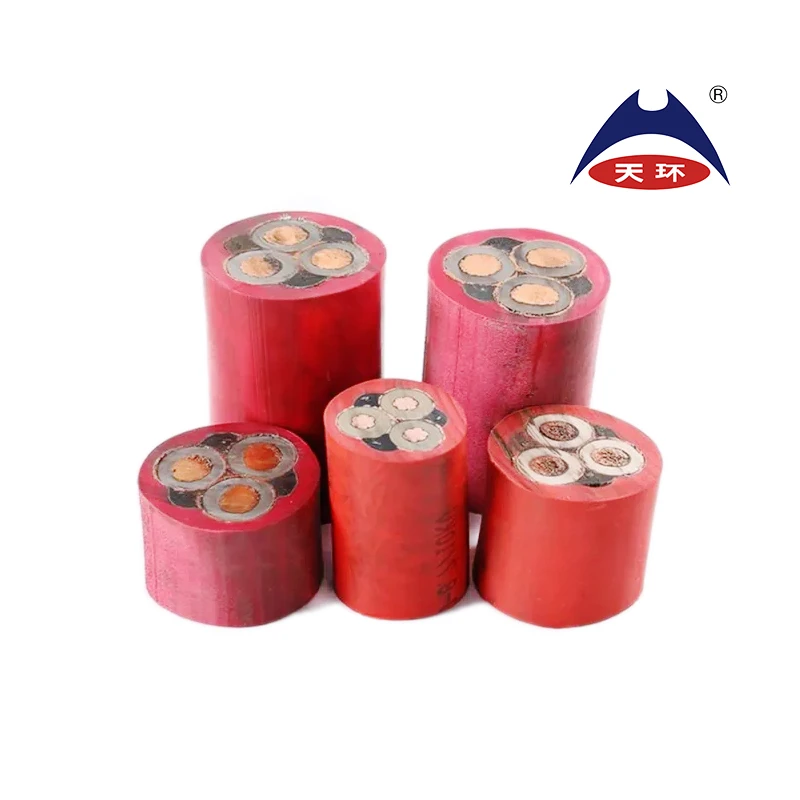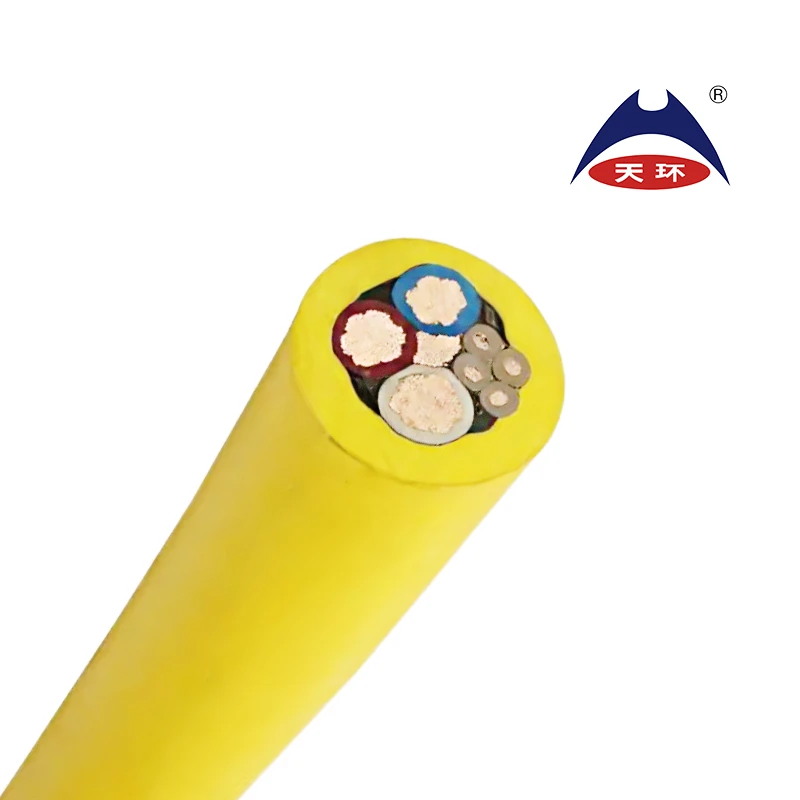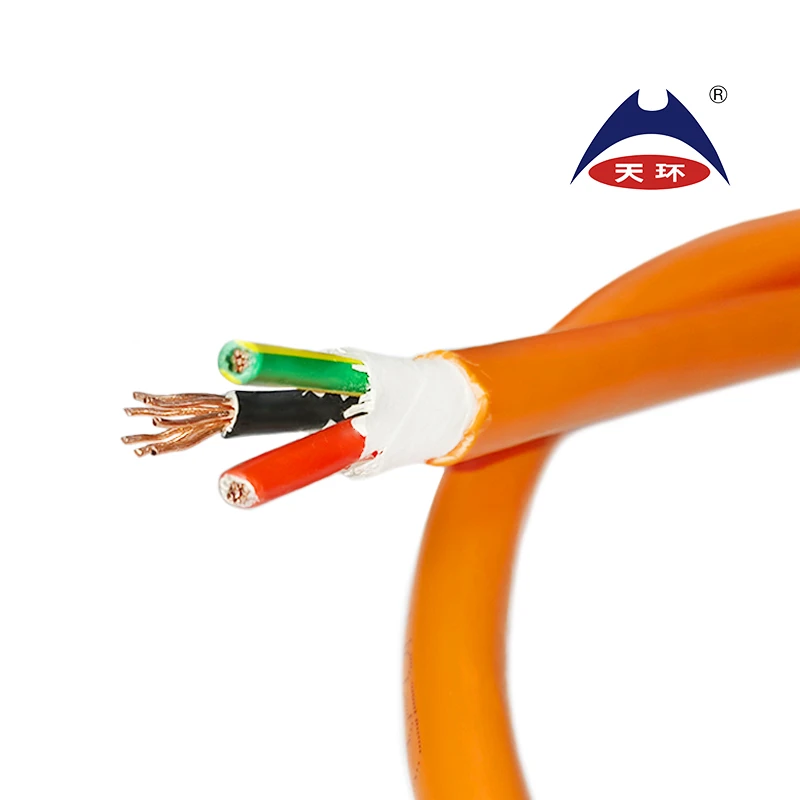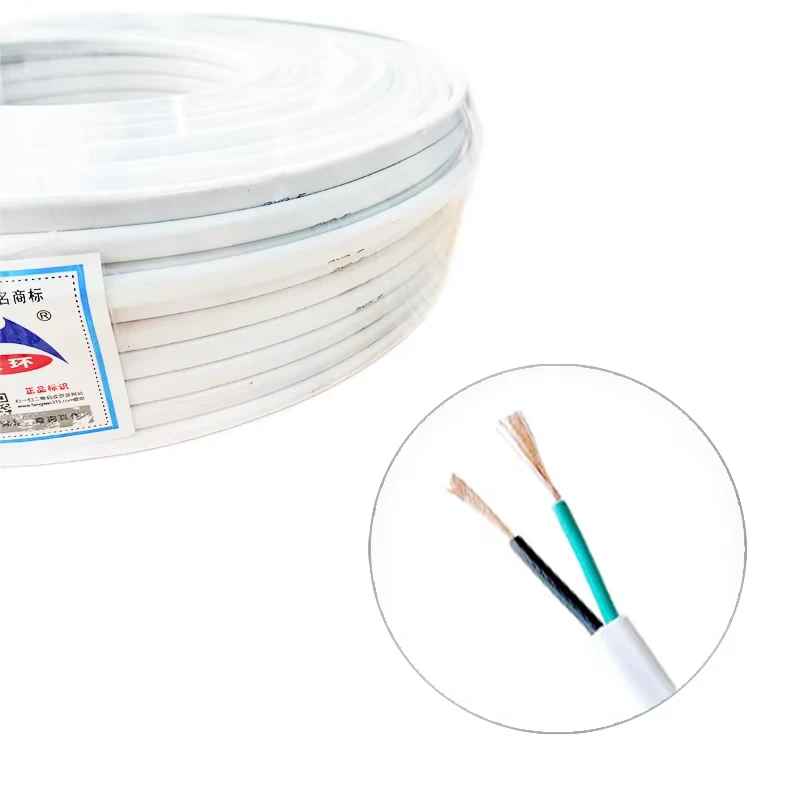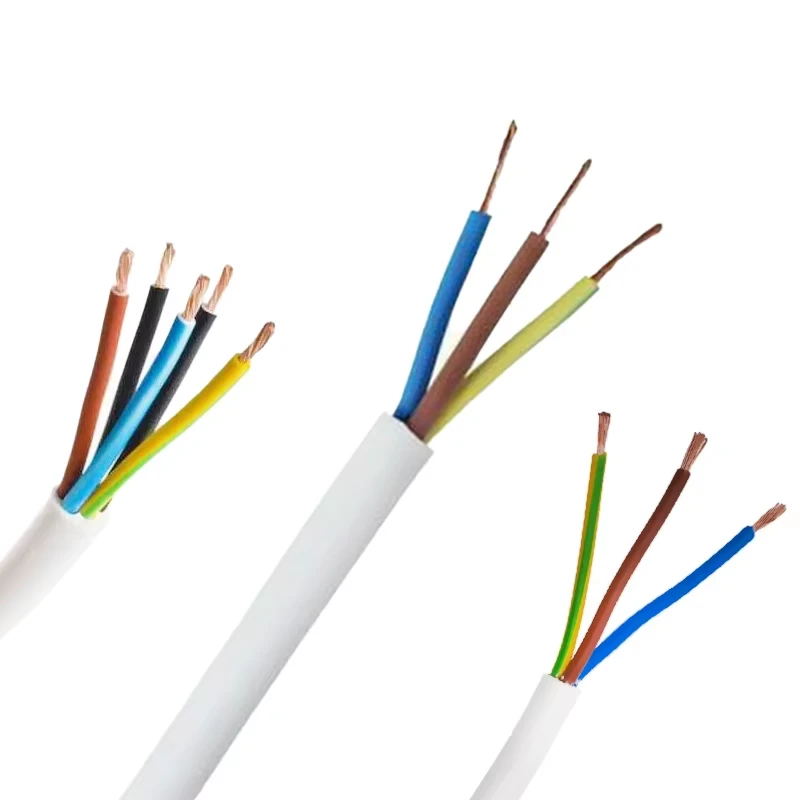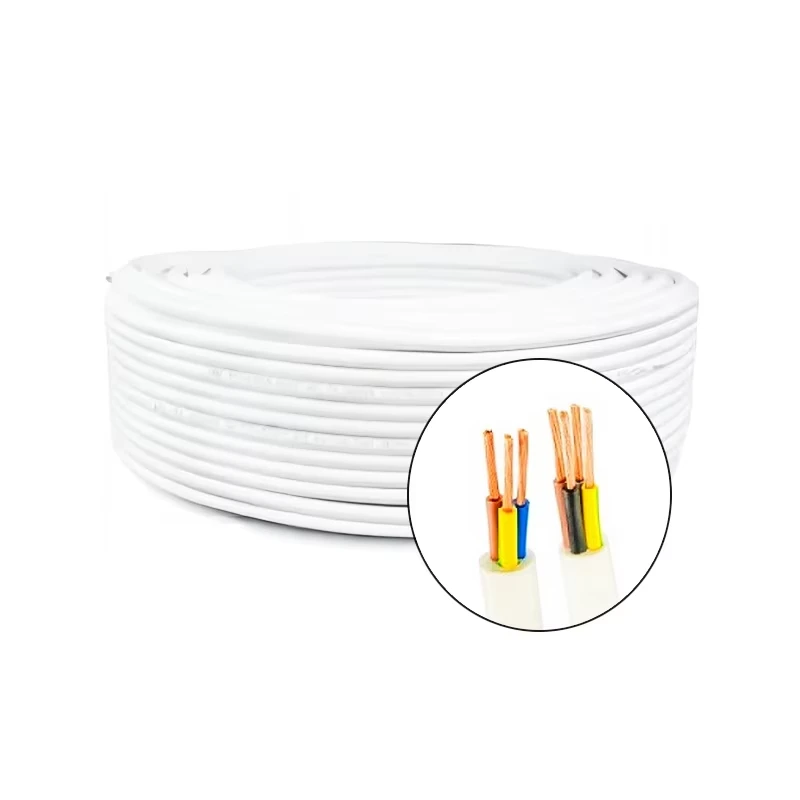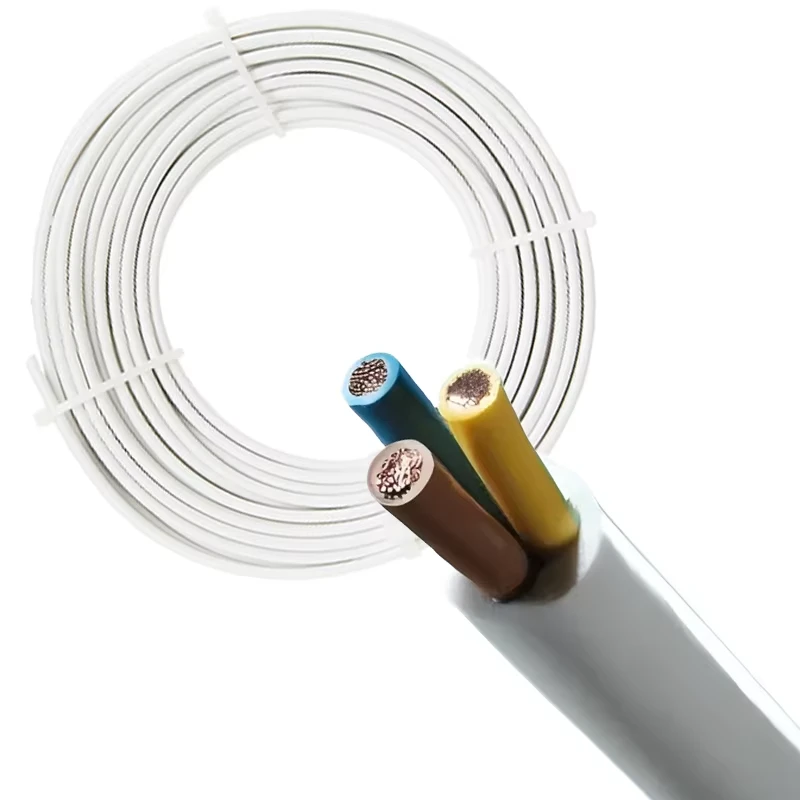
Exploring Different Types Of Electrical Cables And Their Uses
Exploring Different Types Of Electrical Cables And Their Uses
Introduction:
Electrical cables are essential components in every electrical installation, serving as the conduits that
carry electricity safely and efficiently. In this blog, we will explore a variety of electrical cables and their
specific uses, ranging from building wires to specialized cables used in different applications.
Building Wires:
Building wires are the most commonly used electrical cables in residential, commercial, and industrial
buildings. They are designed for permanent installation, providing power to electrical outlets, lighting
fixtures, and other electrical devices. These wires come in various sizes and insulation types to
accommodate different voltage requirements and environmental conditions.
Multi-Core Industrial Cables:
Multi-core industrial cables are designed to handle the demanding electrical and mechanical
requirements of industrial environments. These cables have multiple insulated cores bundled together,
allowing for the transmission of power and control signals in a single cable. They are commonly used in
factories, manufacturing plants, and industrial machinery.
AVP Submersible Cables:
AVP submersible cables are specialized cables designed for underwater applications. They are commonly
used in submersible pumps, underwater lighting systems, and other water-related installations. These
cables are constructed with waterproof insulation and shielding to withstand the harsh conditions of
submerged environments.
60227 IEC 03 STANDARD 300/500V BV-90 H05V-U NYA SOLID COPPER BUILDING WIRE
Aluminium Building Wires:
Aluminium building wires are an alternative to copper wires and are commonly used in residential and
commercial buildings. These wires offer cost-effectiveness and lightweight properties while maintaining
suitable conductivity for power transmission. They are available in various sizes and configurations to
meet different electrical requirements.
Twin-Twisted Flexible Wires:
Twin-twisted flexible wires, also known as flexible cords, are designed for applications that require
flexibility and mobility. They are commonly used for connecting portable appliances, power tools, and
equipment that may be frequently moved or repositioned. These wires are constructed with multiplestranded conductors and a flexible outer jacket for enhanced flexibility and durability.
LAN Cables:
LAN (Local Area Network) cables, such as Ethernet cables, are used for networking and data transmission
purposes. They enable the connection of computers, routers, switches, and other network devices to
create a local network. These cables come in different categories and are designed to provide reliable and
high-speed data transmission within a network.
CCTV Cables:
CCTV (Closed-Circuit Television) cables are specifically designed for video surveillance systems. These
cables carry video and power signals to connect CCTV cameras to monitors or recording devices. They
often include multiple conductors for video, power, and control signals, ensuring efficient and secure
transmission of surveillance data.
Transparent Speaker Cables:
Transparent speaker cables are specialized cables used for audio systems, specifically for connecting
speakers to audio amplifiers or receivers. These cables are often designed with transparent insulation or
jackets, allowing for aesthetic appeal while maintaining audio signal integrity.
-
The Quantum Leap of XLPE Cable in Power DistributionNewsMay.29,2025
-
Mastering the Essentials of Building WireNewsMay.29,2025
-
Innovative Horizons of Rubber Trailing CablesNewsMay.29,2025
-
Exploring the Versatile World of Rubber CablesNewsMay.29,2025
-
Decoding the Mysteries of Building CablesNewsMay.29,2025
-
Advancements Redefining Control Cable TechnologyNewsMay.29,2025
-
Why It's Time to Replace Old Rubber CablesNewsMay.28,2025





